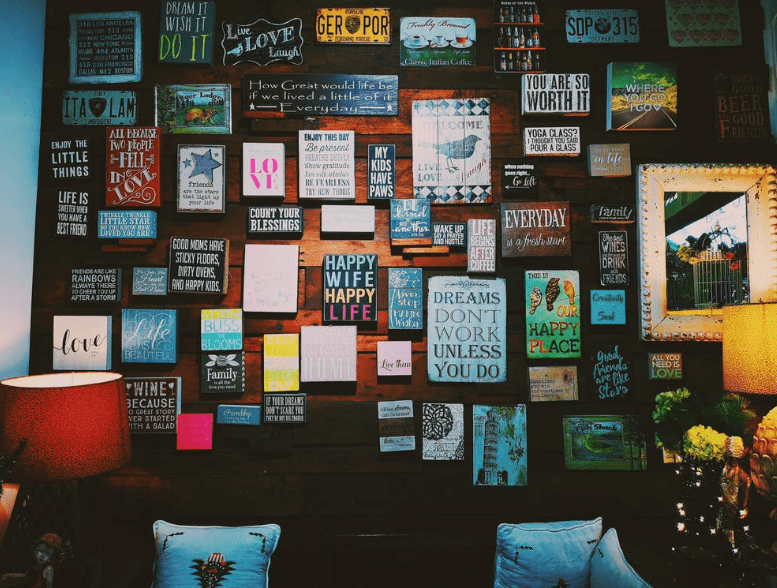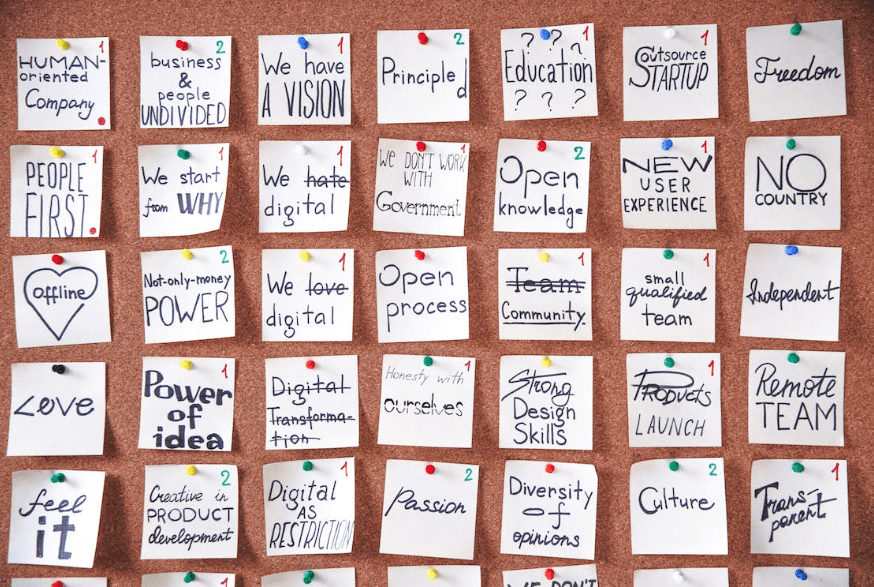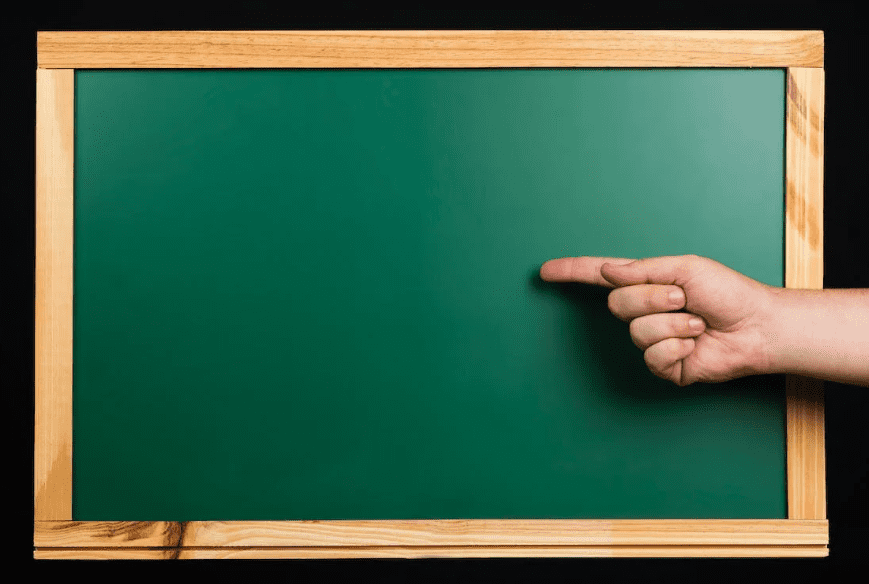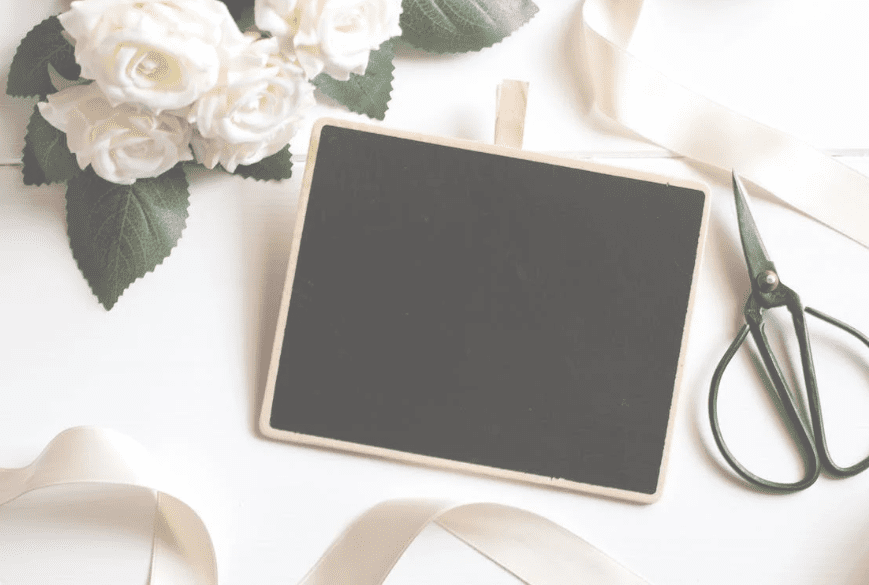Manifestation Using A Visual Board
What exactly are vision boards, and do they really work? Let’s explore how to create a vision board for yourself and how to make the most of it once you whisk it into reality.

Selfpause Affirmation App
Download the app to get 1,000’s of affirmation meditations and everything you need to write, record and listen to your own.
Let’s discuss vision boards, the popular term used by many coaches, goal-setters, self-developers, and businesspeople. An accurate definition of a vision board How does it function? Do you need one, too? If you don’t know the answers to any of these questions, don’t worry. You’ll have the solutions you require after reading this post.
You’re going to learn how visualization and vision boards may both help you achieve your goals. You may use visualization to view how your life is developing via your inner sight. Dream boards have been utilized by many successful individuals throughout their life, and now you can discover what makes them so unique.
What is a Vision Board?

A vision board (or dream board) is, in essence, a collection of pictures, thoughts, and statements that symbolize the objectives you seek to realize and the kind of life you desire. You’ll get a clear picture of your objectives and be able to stay focused if you have all of your aspirations, goals, and affirmations in one spot where you can see them every day.
You may benefit from creating a vision board in numerous ways. It makes sense and makes me remember:
- Goals you have for your life
- Your desired level of physical and emotional well-being
- What you wish to own
- What type of individual do you hope to become
A vision board may help you stay motivated and more self-assured while also helping you stay focused on your goals. A dream board may help you stay on track whether you need some self-improvement, extra drive, or support to reduce future worry.
How does a vision board help bring you closer to your dream life?

A tool for visualization is a vision board. Your imagination may be profoundly affected by images, which enables more vivid dream interpretation.
Clarifying your goals is the first step. How can you achieve your goals if you don’t know what they are? Therefore, ask yourself, “What type of life do I want to live?” What gives me the greatest joy? How do I want to use my time?
The next stage is to continue to concentrate on those aspirations. It is easier to strive for your dreams both consciously and subconscientially when they are always in your line of sight. Visit your vision board as frequently as you can; it’s a terrific method to boost your willpower and obtain daily inspiration.
What should you include on your vision board?
The first rule is, there really are no rules. You should do what feels right and what works best for you. However, if you need some ideas and inspiration then we have a few suggestions.
What topics to include?
Health, job, finances, relationships, house, hobbies, personal growth, and travel are just a few examples of the many subjects that may be represented on your vision board. But you are free to contribute anything that is significant to you.
You may construct a single board for each element of your life, separate boards for each of these, or a balanced combination of all three (e.g. a family board and a career board). whatever suits you the most.
How big should your dreams be?

You may make the ambitions and objectives you add as big or as modest as you choose. Although we urge you to have huge aspirations, ultimately they must be your own and fit your own needs.
Some people set objectives for habit change (e.g. regular workout, drinking more water, daily meditation etc). The board acts as a daily reminder that these are desirable habits you want to develop even though they may not seem too extreme.
Another choice is to include more hard objectives that are on the outside of your comfort zone (e.g. living in another country, getting a degree in another field, doing a more challenging yoga retreat, etc).
Finally, you have dreams that are so wildly improbable and huge that they terrify you (e.g. building your own business empire, becoming a world-famous author etc). Feel free to picture these dreams as well. You will never be given if you never ask.
Should you have spiritual or materialistic goals?
There are no right or wrong answers; the dreams might be both concrete and materialistic as well as spiritual. Even better, you may concentrate on the emotions you want to introduce into your life by making something like to a mood board.
How many goals should you put on your board?
The quick response is: as many as you can concentrate on. The number of goals on vision boards has ranged from three to sixty (wow), but a fair average is between six and eighteen. It mostly relies on your objectives and level of concentration. How many you can manage will depend on your commitment.
Where should you keep your vision board?

You should regularly check your vision board, as we’ve already discussed. Put your dream board in an area where you spend a lot of time keeping in mind this. For instance, creating a vision board at work is common. In order to quickly peek at it while working, many choose to position it directly on their desk.
Near the kitchen is a superb alternative. You probably spend a fair amount of time in the kitchen creating meals, making coffee, or even just getting a glass from the shelf. Put your vision board somewhere you can see it every morning while you have breakfast, like on the counter.
Another option is to keep it on your nightstand. Take a look at your dream board every night before going to bed or in the morning. By keeping your life vision front and center in your thoughts, seeing your objectives can help you set your daily aims.
Should you keep your vision board private?

Whether you decide to share your vision board with others is totally up to you. Your daily focus on your goals is crucial, but there is no reason for anybody else to see them. The creation of accountability is one reason why individuals share their boards. Sharing your vision board with friends or family might give you the boost you need to keep on track if you feel like you need support from others to stay inspired.
However, some people would rather keep their board a secret. Don’t share your ambitions with your friends or family if you don’t believe they’ll be particularly supportive. You don’t want anyone to criticize your dreams, so be prepared by having a place to put things when visitors arrive. If your vision board is often visible next to your desk, hide it by covering it and keeping it there until visitors have left. Your individual dreams are represented on the vision board, which you may make public or private as you want.
5-step tutorial for creating your Vision Board

Take time for yourself
When working on your vision board, you must avoid distractions. When there are a lot of distractions vying for your attention, it can be challenging to discover the proper ideas and imagery. By giving yourself some alone time and fostering a creative environment, you may create the ideal mood. This may be making yourself a lovely glass of wine, lighting a calming candle, or curling up under a warm blanket.
Think about your dreams
Consider your fantasies now that you have some alone time and space. What objectives have you tried to reach but have failed? In five years, how do you want your life to be? Write down anything that comes to mind when sitting down with a pen and paper. Also, try to be as descriptive as possible.
Find the right visuals
You can pick the vision and inspiration cards you like most. Simply begin flipping through your card decks to get a sense of which pictures and words resonate with you the most. Give it some time. Perhaps certain cards “feel right” even though you’re unsure of the dream or objective they stand for. Don’t ignore them; instead, ask yourself what they represent to you.
Add personal notes
We advise writing notes on the backs of the cards once you’ve decided which ones to use so that you can recall your initial ideas many months or a year from now. Some people, for instance, find it useful to include deadlines next to each of their main objectives. You may feel more driven to keep working if you have a date to look forward to. Some people prefer to include comments explaining why they are pursuing each of their objectives. If you have a health board, for instance, you may write a note next to your objective to lose 15 pounds that reads, “feel confident at the beach with my friends.” When you glance at your vision board each day, specific reminders like these may be incredibly useful.
Place everything on your board
Putting everything on the vision board together is the last stage in the process. Make careful to arrange all of the motivational quotes and photos you’ve chosen so they look good together. You’re more likely to glance at your board every day if it is attractive. You could choose to arrange your topics in rows or columns, structure your board as a chronology, or group the cards according to a visual cue like color. Be imaginative. The cards should then be put into the openings on your vision board covers. That’s how simple it is.
Conclusion
Creating a vision board is an excellent way to get in touch with your goals. You’ll be able to see what you want every day, which will help you stay on track while working towards your objectives. We’ve all been through tough times when we feel like giving up, but having regular reminders of our dreams can help us push through the difficult patches.
Plus, it’s a lot of fun! Working on a vision board allows you to be creative and use your imagination. It’s a project that you can work on by yourself or with friends and family members. It may also be an excellent bonding experience.
Our Top FAQ's
A visual board, also known as a vision board or a dream board, is a tool used in the practice of manifestation. It is a physical board or collage that is used to represent and display a person’s goals, dreams, and aspirations. The idea behind a visual board is that by regularly looking at and focusing on the images and affirmations on the board, a person can manifest their desires and bring them into reality.
To create a visual board for manifestation, first, decide on the specific goals or desires that you want to manifest. Then, gather a variety of images, quotes, and affirmations that represent and support those goals. These can be found in magazines, online, or created by hand. Next, arrange the images and affirmations on a physical board or a digital collage. Make sure the board is placed in a location where it can be easily seen and accessed. Finally, regularly spend time looking at and focusing on the visual board to reinforce your intentions and manifest your desires.
Some common elements to include on a visual board for manifestation are images of the specific goals or desires that you want to manifest, affirmations and positive statements that support those goals, and symbols or objects that represent the feelings or experiences associated with achieving those goals. Additionally, some people choose to include inspiring quotes or personal mantras on their visual boards. It’s important to include only items that are positive, uplifting, and resonant with your intentions.
To use a visual board for manifestation in your daily life, first, make sure the board is placed in a location where you will see it regularly, such as on your bedroom wall or your office desk. Then, spend a few minutes each day looking at and focusing on the images and affirmations on the board. As you do this, visualize yourself achieving your goals and feel the positive emotions associated with success. This will help reinforce your intentions and manifest your desires.
There are several potential drawbacks or limitations to using a visual board for manifestation. First, it is important to remember that manifestation involves more than just visualizing your goals and desires. Manifestation also involves taking action towards achieving those goals and putting in the necessary effort and hard work. A visual board can be a useful tool to help you focus on your goals and keep them front and center, but it is not a substitute for taking action.
